You’re not alone if you’ve ever been behind the wheel of your Kia Optima and been startled by a mysterious dashboard warning light. In fact, a staggering 1 in 5 drivers admit to ignoring these lights, which can lead to serious safety consequences. But what do these lights really mean, and how can you guarantee you’re not driving blind?
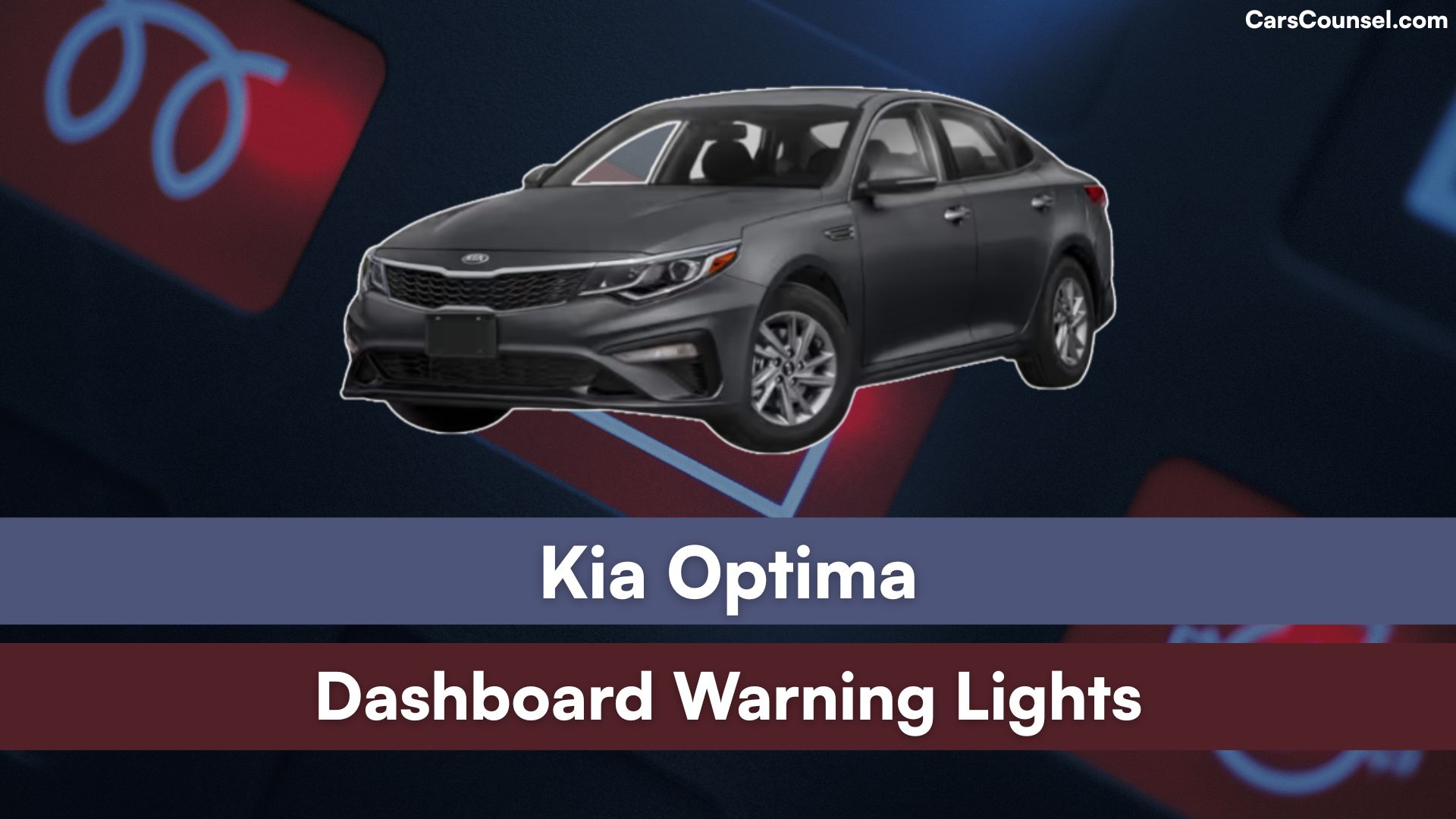
From airbag warnings to tyre pressure alerts, understanding the intricacies of your Kia Optima’s dashboard warning lights is vital for safe driving practices. Now, it’s time to get familiar with the warning signs that could save you from a world of trouble.
Quick Navigation
Safety Features and Warnings
Importance of Safety Features
Operating your Kia Optima safely depends on the effective functioning of its safety features and warning lights.
Regular Safety Inspections
- Conduct Safety Inspections to verify all features are working correctly.
- Use Vehicle Diagnostics to identify and address any issues promptly.
Key Warning Lights
Airbag Warning Light

- Illuminates for 6 seconds when the ignition is turned on.
- If it stays on or activates while driving, it indicates a fault with the Supplementary Restraint System (SRS).
Brake Warning Light
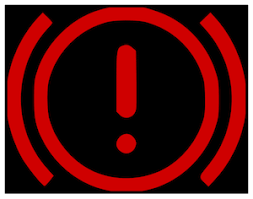
- Comes on for 3 seconds at ignition.
- Indicates low brake fluid or parking brake application.
ABS, EBD, and EPS Warning Lights
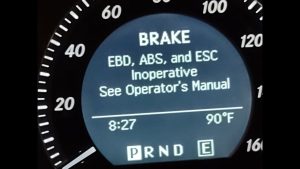
- ABS Warning Light: Signals issues with the Anti-lock Braking System.
- EBD Warning Light: Indicates a problem with the Electronic Brake Force Distribution.
- EPS Warning Light: Alerts to faults in the Electric Power Steering system.
Importance of Regular Checks
- Regularly inspect these systems to ensure their proper operation.
- Prompt attention to warning lights keeps your vehicle safe and reliable on the road.
Airbag and SRS System
Importance of the Airbag and SRS System
Your Kia Optima’s airbag and Supplemental Restraint System (SRS) is a critical safety feature designed to protect you and your passengers in the event of a collision.
Role of the SRS System
- Responsible for deploying airbags during a crash.
- Enhances passenger safety in emergency situations.
Airbag Warning Light
- When It Stays On or Activates While Driving: Indicates a fault with the SRS system.
- Action Required: Immediate diagnosis and repair to ensure proper functionality.
Risks of Ignoring SRS Issues
- Malfunction or Non-deployment: Airbags may fail to deploy during a crash.
- Increased Risk: Puts you and your passengers at significant risk in emergencies.
Importance of SRS Diagnosis
- Regular checks and prompt repairs guarantee proper airbag deployment when needed.
- Ensure your vehicle remains a safe environment for all occupants.
Brake and Parking Brake Issues
Importance of a Reliable Brake System
Your Kia Optima’s brake system is vital for road safety, and the brake warning light on the dashboard alerts you to potential problems.
Common Causes of Brake Warning Light Activation

- Low Brake Fluid: Ensure the fluid level is adequate to prevent brake system failure.
- Parking Brake Application: Certify the parking brake is fully released.
Maintenance Tips
Inspect Brake Pads
- Regularly check for wear, as excessive wear can damage the brake rotors.
Monitor Brake Fluid
- Check the brake fluid level and top it up as needed.
Parking Brake Maintenance
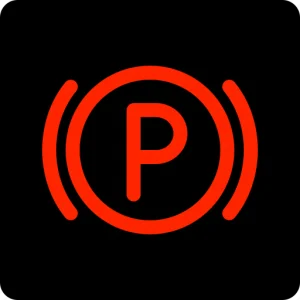
- Ensure the parking brake operates correctly and doesn’t cause unnecessary warning light illumination.
Address Issues Promptly
If you notice any problems, have them resolved by a professional to maintain optimal braking performance and ensure your safety on the road.
Engine and Performance Alerts
Importance of Monitoring Engine Performance
Regularly monitoring your Kia Optima’s engine ensures optimal performance, prevents costly repairs, and guarantees safety on the road.
Key Alerts and Maintenance Tips
Oil Leaks
- Risk: Can cause serious engine damage if not addressed.
- Action: Regularly inspect for leaks and repair promptly.
Coolant Levels
- Risk: Low coolant can lead to overheating and expensive repairs.
- Action: Check and maintain proper coolant levels regularly.
Warning Lights
Check Engine Warning Light
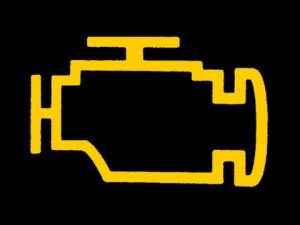
- Cause: Indicates a fault detected by the emissions control system.
- Action: Have the system diagnosed and repaired promptly.
Engine Oil Warning Light
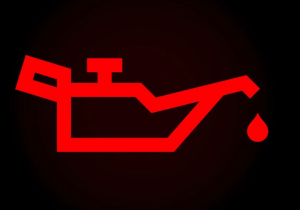
- Cause: Signals low engine oil level or pressure.
- Action: Add oil or address the issue immediately to prevent engine damage.
Battery and Charging Concerns
Importance of the Alternator Drive Belt
The alternator drive belt plays a critical role in your Kia Optima’s electrical system by ensuring the battery stays charged while the engine is running.
Common Battery and Charging Issues
Alternator Output
- Check: Ensure the alternator produces the correct output.
- Risk: Undercharging or overcharging can affect battery health and performance.
Battery Terminals
- Check: Terminals should be clean, tight, and free of corrosion.
- Benefit: Proper connections maintain efficient charging and prevent power loss.
Battery Age
- Replace If Over 5 Years Old: Older batteries have diminished capacity and are more prone to failure.
Tyre Pressure and Monitoring
Importance of Proper Tyre Pressure
Maintaining correct tyre pressure in your Kia Optima is crucial for:
- Ensuring safety on the road.
- Improving fuel efficiency.
- Prolonging tyre life.
Maintenance Tips
Regular Tyre Pressure Checks
- Frequency: Check tyre pressures regularly.
- Risks of Underinflation:
- Reduced traction.
- Increased stopping distances.
- Higher tyre wear.
Cold Tyre Pressure Check
- Always check tyre pressure when tyres are cold for accurate readings.
- Hot tyres naturally have higher pressures, which can give misleading results.
Tyre Valve Caps
- Ensure valve caps are securely tightened to prevent air leaks.
Tyre Tread Depth
- Regularly check tread depth to ensure it meets the recommended limits.
- Proper tread depth enhances grip and prevents premature wear.
Address Issues Promptly
- If problems are detected, resolve them promptly to avoid triggering the tyre pressure warning light on your dashboard.
- Proper maintenance ensures optimal tyre performance and safety.
Brake Fluid and Parking Brake
Maintaining the correct brake fluid level is critical to ensure your Kia Optima’s brake system operates effectively.
Key Maintenance Tips
Brake Fluid Level
- Check Regularly: Inspect the brake fluid level periodically.
- Risk of Low Levels: Low brake fluid can lead to brake failure, increasing the risk of accidents.
Brake Pad Wear
- Signs to Watch For:
- Squealing or grinding noises when applying brakes.
- Reduced braking efficiency.
- Action: Replace worn brake pads promptly.
Brake Rotor Inspection
- Look for:
- Excessive wear or thinning.
- Warping affects performance.
- Action: Address issues with rotors to maintain optimal braking.
Parking Brake Maintenance
- Ensure the parking brake is functioning correctly to avoid unnecessary wear and improve safety.
Prompt Repairs
Address any brake system issues immediately to safeguard your safety on the road and ensure reliable performance.
Electrical System and Alternator
Role of the Alternator
Your Kia Optima’s electrical system relies on the alternator to:
- Recharge the battery.
- Power the vehicle’s accessories.
Key Maintenance Tips
Alternator Belt
- Check Regularly: Ensure the alternator belt is neither broken nor loose.
- Risks: A damaged or loose belt can lead to:
- Battery drain.
- Electrical system failure.
Avoid Electrical Overload
- Prevent Overloading: Limit the use of accessories to avoid straining the system.
- Risks: Excessive load can cause rapid battery drain and alternator strain.
Battery Maintenance
- Terminals: Regularly inspect for loose or corroded connections. Clean and tighten as necessary.
- Battery Age: Replace the battery if it is over 5 years old to ensure reliable performance.
Importance of Regular Checks
By maintaining the alternator and electrical components, you can prevent unexpected failures and extend the lifespan of your vehicle’s electrical system.
Tyre Maintenance and Sensors
Proper tyre maintenance ensures:
- Peak performance.
- Enhanced safety.
- Improved fuel efficiency for your Kia Optima.
Key Tyre Maintenance Tips
1. Check Tyre Pressures Monthly
- Why It Matters:
- Prevent underinflation, which reduces fuel efficiency, causes uneven wear, and increases the risk of blowouts.
- Action: Use a reliable pressure gauge and adjust to the manufacturer’s recommended levels.
2. Rotate Tyres Every 5,000 to 8,000 Miles
- Why It Matters:
- Evenly distributes wear across all tyres.
- Improves traction and handling.
- Action: Follow the recommended rotation pattern for your vehicle to extend tyre life.
3. Inspect Tyre Tread Depth Regularly
- Why It Matters:
- Ensures superior traction and effective braking performance.
- Action: Replace tyres when tread depth reaches 1.6 mm (2/32 inches) to maintain road safety.
Sensor Calibration Tips
- Ensure tyre pressure monitoring sensors are calibrated to provide accurate readings.
- Address any sensor malfunctions promptly to avoid inaccurate alerts.
Driver Assistance and Safety
Your Kia Optima is equipped with advanced safety features and driver assistance systems designed to enhance your driving experience and reduce the risk of accidents.
Key Driver Assistance Systems
Forward Collision-Avoidance Assist (FCA)
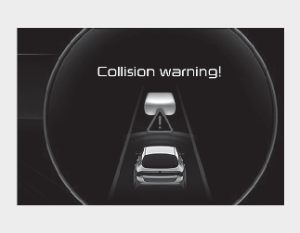
- Function: Uses a camera to monitor the roadway ahead for vehicles.
- Warning: The FCA warning light alerts you to potential collisions.
- Benefit: Provides visual and audible warnings, allowing you to take evasive action promptly.
Lane Keeping Assist (LKA)
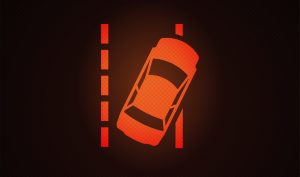
- Function: Monitors your vehicle’s position within its lane.
- Warning: The LKA warning light activates if the system detects lane departure without signaling.
- Benefit: Offers visual and audible alerts to help maintain lane discipline.
Integrated Safety System
These systems, along with others, operate seamlessly to:
- Enhance safety.
- Boost driver confidence.
- Reduce the likelihood of accidents.
By staying attentive and utilizing these features, you can enjoy a safer and more confident driving experience.
Vehicle System Malfunctions
System malfunctions can occur unexpectedly, compromising your Kia Optima’s performance and safety. Performing vehicle diagnostics is essential to identify and address the root cause of the issue.
Common System Failures
EPS Failure
- The Electronic Power Steering system overheats or fails.
- Effect: Steering becomes harder to operate, reducing vehicle control.
FCA Failure
- The Forward Collision-avoidance Assist system experiences a fault.
- Effect: Compromises the vehicle’s ability to detect potential collisions, reducing safety.
EBD Failure
- The Electronic Brake Force Distribution system malfunctions.
- Effect: Impairs the vehicle’s stopping ability, increasing braking risk.
Diagnostic Process
- Perform a comprehensive check of various components and systems to isolate the issue.
- Address faults promptly to restore performance and ensure safety.
Warning Lights and Indicators
Dashboard warning lights and indicators in your Kia Optima are crucial for:
- Alerting you to potential issues.
- Preventing minor problems from escalating into major ones.
Placement and Purpose
- Instrument Cluster Design: Strategically positioned to grab your attention.
- Familiarization: Learn the meaning of each indicator for better vehicle management.
Other Critical Lights
Smart Cruise Control Fault
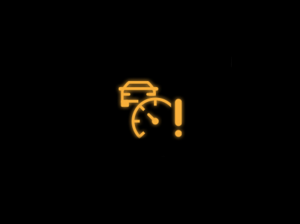
Indicates malfunction in adaptive cruise control system. Maintain manual speed control. System may not maintain set distance from vehicles ahead.
Rear Cross-Traffic Alert Warning
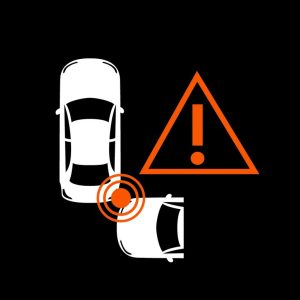
Signals disabled detection system. Manually check rear when reversing. Common causes include dirty sensors or electrical faults.
Highway Driving Assist Fault

![]()
Warns of semi-autonomous driving system failure. Driver must maintain full control. Have system checked for calibration issues.
High Voltage Battery Warning

Critical alert for EV models. Pull over safely. Indicates potential battery faults. Contact Kia service immediately for inspection.
Charging System Fault
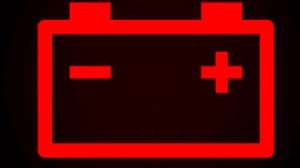
Signals issues with charging capability. Check charging equipment first. If problem persists, have vehicle’s charging port inspected.
Regenerative Braking Disabled
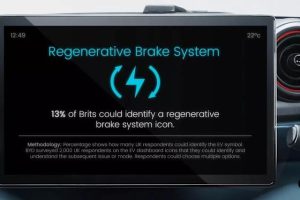
Warns of energy recovery system failure. Braking feel may change. System defaults to conventional brakes until repaired.
Dual-Clutch Transmission Overheat
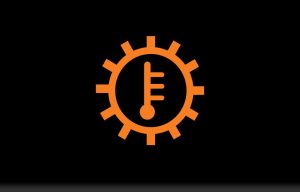
Indicates excessive transmission fluid temperature. Avoid aggressive driving. Allow system to cool before continuing journey.
All-Wheel Drive System Fault
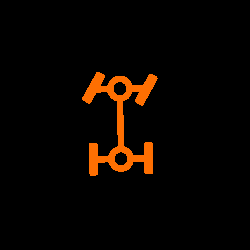
Warns of 4WD system malfunction. Vehicle may default to front-wheel drive. Have drivetrain inspected to restore full traction.
Shift System Warning
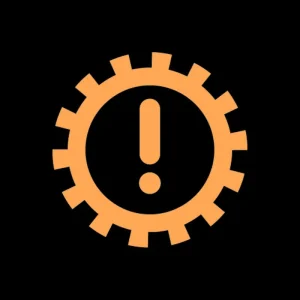
Signals issues with gear selection. May experience difficulty changing gears. Avoid driving until transmission is inspected.
Automatic High Beam Fault

Indicates malfunction in auto high-beam system. Manual headlight control required. Often caused by dirty windshield camera.
Daytime Running Light Failure
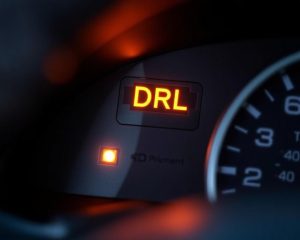
Warns of DRL system malfunction. While not critical, affects visibility. Replace bulbs or check electrical connections.
Rear Fog Light Warning
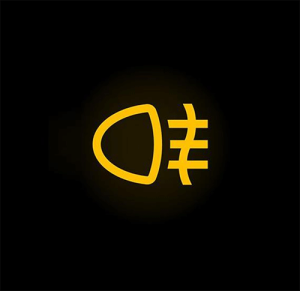
Signals fault in rear fog light circuit. Important for visibility in poor weather. Check bulb and fuse when safe.
Automatic Defog System Fault
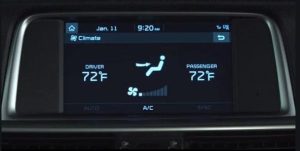
Indicates windshield defogging system malfunction. Manual defrost control required. May affect visibility in humid conditions.
Seat Ventilation Warning

Warns of climate seat system failure. Feature disabled to prevent overheating. Requires component inspection.
Air Quality Sensor Alert
Signals cabin air quality sensor malfunction. Automatic air recirculation may not function properly. Have sensor checked.
Smart Trunk Opening Fault
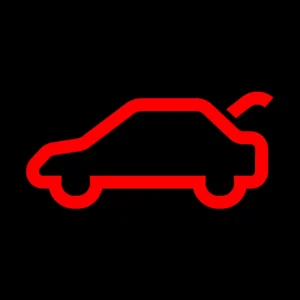
Indicates hands-free trunk opening system failure. Manual operation required. Common causes include low key fob battery.
Drive Mode Select Error
Warns of issues changing drive modes. Vehicle may default to Normal mode. Have system diagnosed for proper operation.
Tow Mode Warning
Signals potential issues when towing. Check trailer connections and weight distribution. May disable certain safety features.
Recommended Action
- Refer to the Owner’s Manual: Identify the meaning of specific warning lights.
- Seek Professional Help: Visit a Kia dealership or authorized service center for diagnosis and repairs.

